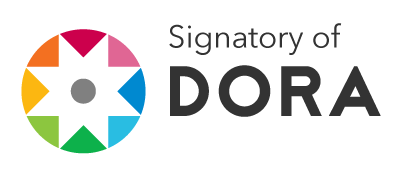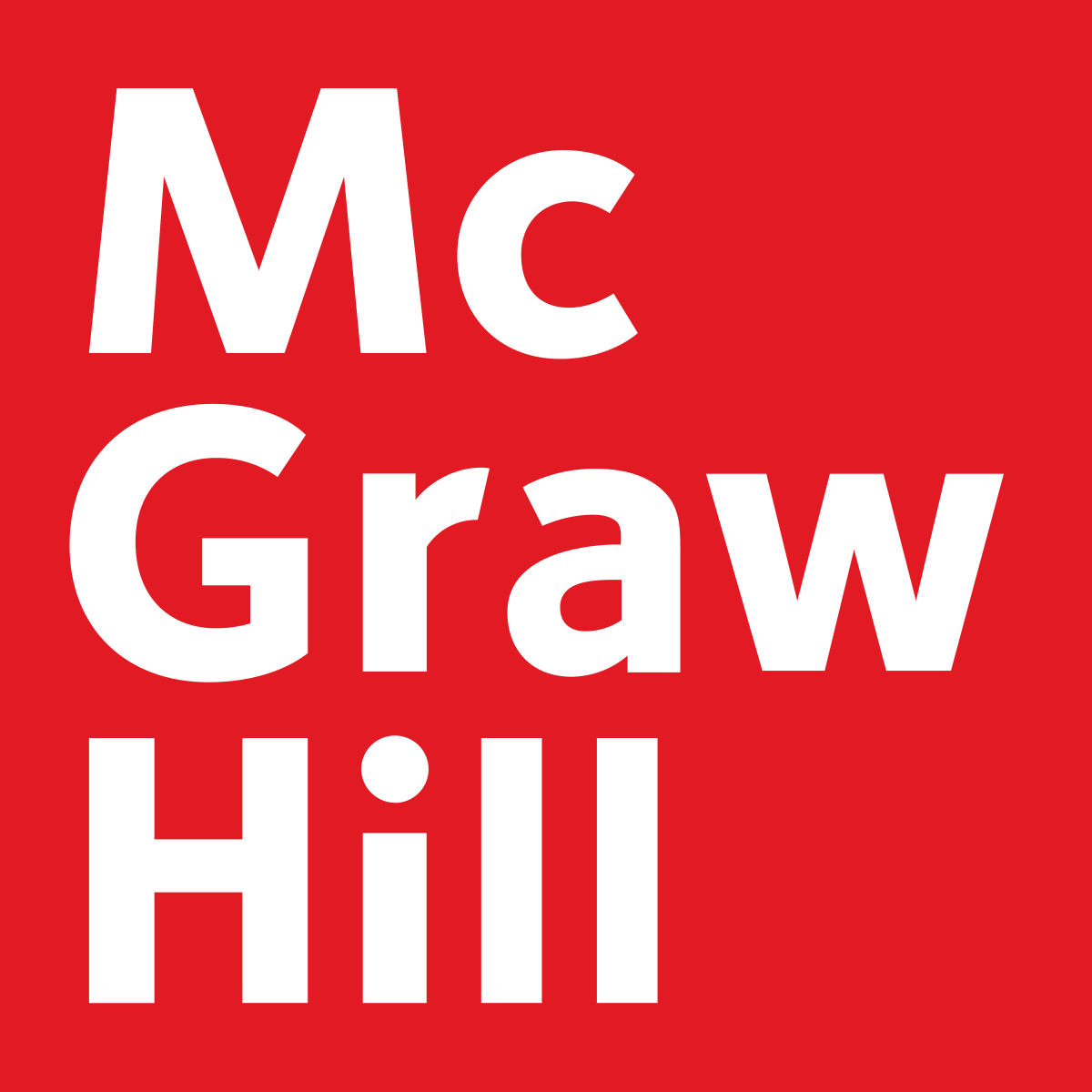The Development of Creativity Through the Invention of Mathematical Problems. A Study with Secondary School Students
DOI:
https://doi.org/10.37467/gka-revedu.v1.628Keywords:
Creativity, Invention of Mathematical Problem, Reconstruction of Mathematical Problems, Compulsory Secondary Education, Teaching of MathematicsAbstract
In this paper we present the results of a research carried out with students of 1st grade of Compulsory Secondary Education in which we study if the use of tasks that involve the invention and reconstruction of mathematical problems develops their creativity. The study sample was made up of 104 students of a public secondary school. The design of the research was quasi-experimental comparative with two experimental groups and two control groups. The selection of students and groups was aleatory. It is accentuated the characteristic prestest-postest in the design because pupils belonged to two states of control. The instrument used to measure creativity was the test CREA. The results obtained show that if invention and reconstruction of mathematical problems is used with students of 1st grade of Compulsory Secondary Education, then their creativity develops.
Downloads
Global Statistics ℹ️
|
979
Views
|
649
Downloads
|
|
1628
Total
|
|
References
Amabile, T. (1996). Creativiy in context. Colorado: Westview Press.
Amador, G. (2001). Cómo promover la creatividad en un grupo de niños y niñas de Segundo grado de la Escuela Inglaterra. Informe de práctica dirigida para optar por el grado de Maestría en Psicopedagogía. Universidad de La Salle, Costa Rica.
Beetlestone, F. (2000). Niños creativos, enseñanza imaginativa. Madrid: La muralla.
Carlessi, H. (1991). “Prueba para evaluar indicadores básicos de creatividad”. Revista de Psicología, 1, 28-37.
Corbalán, F. J., Martínez, F., Donolo, D. S., Alonso, C., Tejerina, M. y Limiñana, R. M. (2003). CREA. Inteligencia creativa. Una medida cognitiva de la creatividad (Manual). Madrid: TEA Ediciones.
Csikszentmihalyi, M. (1996). Creativity: Flow and the Psychology of Discovery and Invention. New York: Harper Perennial.
De Bono (1993). Más allá de la competencia: La creación de nuevos valores y objetivos en la empresa. España: Paidós.
Duncker, K. (1945). “On problem solving”. Psychological Monographs, 58 (5, Whole No.270). DOI: https://doi.org/10.1037/h0093599
Eysenck, H. (1995). Genius. The natural history of creativity. Reino Unido: Cambridge University Press. DOI: https://doi.org/10.1017/CBO9780511752247
Feist, G. y Barron, F. (2003). “Predicting creativity from early to late adulthood: intellect, potential, and personality”. Journal of Research in Personality, 37, 62-88. DOI: https://doi.org/10.1016/S0092-6566(02)00536-6
Fernández Bravo, J.A. (2001). “Investigación sobre los efectos de la invención-reconstrucción de situaciones problemáticas, en el rendimiento de los alumnos para la resolución de problemas matemáticos”. Educación y futuro: revista de investigación aplicada y experiencias educativas, 5, 21-30.
Fernández Bravo, J.A. (2010). La resolución de problemas matemáticos. Creatividad y razonamiento en la mente de los niños. Madrid: Grupo Mayéutica Educación.
Francis, L. Fearn, M. y Brin B, B. (2003). “Artistic creativity: personality and the diurnal rhythm”. North American Journal of Psychology, 5(1), 147-152.
Freinet, C. (1993). Técnicas Freinet de la escuela Moderna. México: Siglo XXI.
Gardner, H. (1995). Mentes creativas. Una anatomía de la creatividad. Barcelona: Paidós.
Gelade, G. (2002). “Creativity style, personality, and artistic endeavor”. Genetic, Social and General Psychology Monographs, 128 (3), 213-234.
Lueckert, H. (1977). Capacidad intelectual y calidad de la educación. Buenos Aires: Paidós.
Mamona-Downs, J. (1993). “On analyzing problem posing”. En: I. Hirabayashi, N. Nohda, K. Shigematsu y F. L. Lin (Eds.), Proceedings of the Seventeenth International Conference for the Psychology of Mathematics Education (Vol. III, pp. 41-47), Tsukuba (Japan): International Group for the Psychology in Mathematics Education.
Martínez-Otero, V. (2005). “Rumbos y desafíos en psicopedagogía de la creatividad”. Revista Complutense de Educación 16, 169-181.
Monreal, C. (2000). Qué es la creatividad. Madrid: Editorial Biblioteca Nueva.
Murcia, N. (2003). “Los condicionantes: concertación e imposición en el desarrollo de la creatividad motriz”. APUNTS, 71, 29-39.
Pawlak, A. (2000). “Fostering creativity in the new millennium”. Research Technology Management 43(6), 32-35. DOI: https://doi.org/10.1080/08956308.2000.11671393
Plucker, J. A. y Renzulli, J. S. (1999). “Psychometric approaches to the study of human creativity”. En: R. J. Sternberg (Ed.), Handbook of human creativity (pp. 35-61), Cambridge: Cambridge University Press. DOI: https://doi.org/10.1017/CBO9780511807916.005
Ramos, M. (2006). Educadores creativos, alumnos creadores: Teoría y práctica de la creatividad. Caracas: San Pablo.
Romo, M. (1997). Psicología de la creatividad. Barcelona: Ediciones Paidós.
Romo, M. y Benlliure, V. A. (2010). “Viabilidad del modelo “Encontrar Problemas” para evaluar la creatividad en Educación Primaria”. Infancia y Aprendizaje 33(3), 335-349. DOI: https://doi.org/10.1174/021037010792215091
Shukkwan, S. L. (1993). “Mathematical problem posing: The influence of task formats, mathematics knowledge, and creative thinking”. En: I. Hirabayashi, N. Nohda, K. Shigematsu, y F. L. Lin (Eds.), Proceedings of the 17th International Conference for the Psychology of Mathematics Education (Vol. III, pp. 33-40), Tsukuba (Japan): International Group for the Psychology in Mathematics Education.
Silver, E. A. (1994). “On mathematical problem posing”. For the Learning of Mathematics 14(1), 19-28.
Silver, E.A. y Cai, J. (1996). “An analysis of arithmetical problem posing by middle school students”. Journal for Research in Mathematics Education 27(5), 521-539. DOI: https://doi.org/10.2307/749846
Sternberg, R. J. y Lubart, T. I. (1997). La creatividad en una cultura conformista. Barcelona: Ediciones Paidós.
Stoyanova, E. y Ellerton, N. F. (1996). “A framework for research into students' problem posing in school mathematics”. En: P. C. Clarkson (Ed.), Technology in mathematics education (Proceedings of the 19th annual conference of the Mathematics Education Research Group of Australasia) (pp. 518–525), Melbourne: Mathematics Education Research Group of Australasia.
Torrance, P. (1977). Educación y capacidad creativa. Madrid: Ediciones Marova.
Torrance, P. (1989). “A quiet revolution”. Journal of Creative Behavior 2, 136-145. DOI: https://doi.org/10.1002/j.2162-6057.1989.tb00683.x
Downloads
Published
How to Cite
Issue
Section
License
Those authors who publish in this journal accept the following terms:
-
Authors retain copyright.
-
Authors transfer to the journal the right of first publication. The journal also owns the publishing rights.
-
All published contents are governed by an Attribution-NoDerivatives 4.0 International License.
Access the informative version and legal text of the license. By virtue of this, third parties are allowed to use what is published as long as they mention the authorship of the work and the first publication in this journal. If you transform the material, you may not distribute the modified work. -
Authors may make other independent and additional contractual arrangements for non-exclusive distribution of the version of the article published in this journal (e.g., inclusion in an institutional repository or publication in a book) as long as they clearly indicate that the work was first published in this journal.
- Authors are allowed and recommended to publish their work on the Internet (for example on institutional and personal websites), following the publication of, and referencing the journal, as this could lead to constructive exchanges and a more extensive and quick circulation of published works (see The Effect of Open Access).













